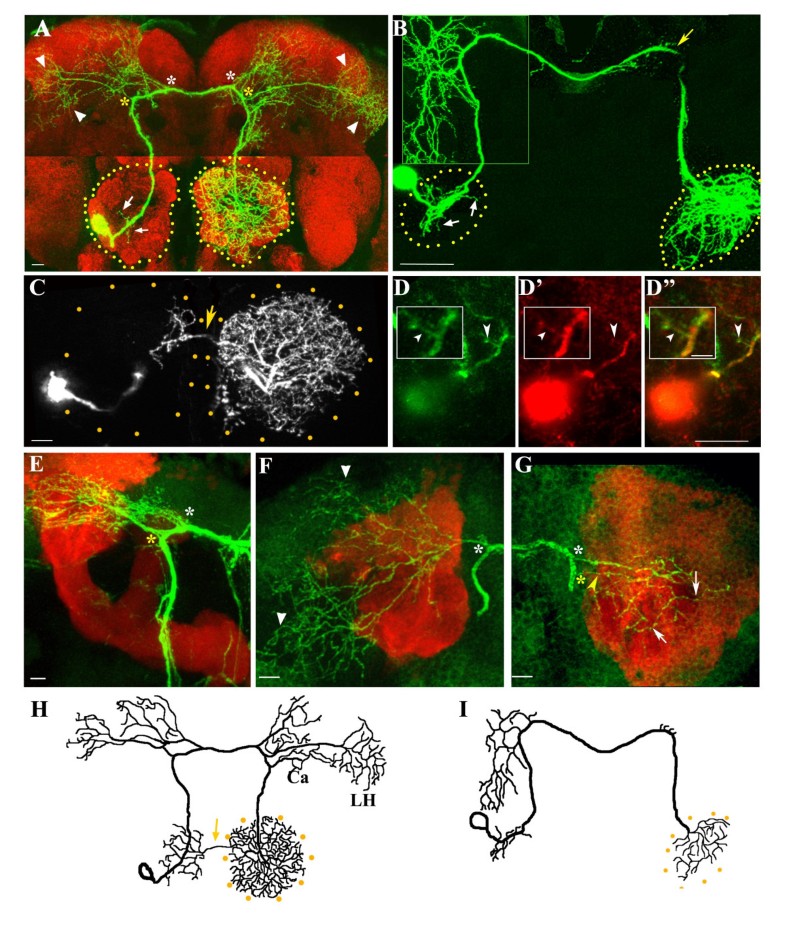

In the current review, I aim to bring together recent studies on molecular polarization in Drosophila neurons. In their classic review on neuronal polarity, Craig and Banker do not cast doubt on the existence of dendrites in invertebrate neurons, but do wonder whether they use different mechanisms than vertebrates to sort proteins to the two compartments because many of them are unipolar ( Craig and Banker, 1994). The situation for other invertebrates has not been quite as extreme, but in a 1970 review, “The functional organization of invertebrate ganglia,” Kandel and Kupfermann mention axons many times, but the word dendrite only appears rather uncertainly once ( Kandel and Kupfermann, 1970). elegans was thought not to have any neurons with branched dendritic trees until recently ( Oren-Suissa et al., 2010). Invertebrate neurons have not always been considered a good model for neuronal polarity, because it was not clear that they were polarized in quite the same way as mammalian neurons. So can we use Drosophila to study neuronal polarity? Since this could be quite a complicated process, a simple, genetically tractable, model in which it could be studied has considerable appeal. So understanding neuronal polarity involves thinking about the differences between axons and dendrites, and how the cell manages to achieve these differences. Since these two types of processes have different functions, broadly categorized as sending information and receiving information, they also need different sets of proteins, and even organelles. Dendrites keep a quieter profile, gathering information from their often highly branched, more local processes. Axons are the more outgoing side of the neuron, typically extending long distances to contact other cells, and often bundling into large, readily visible nerves. In addition to their ability to allow us to think, walk and talk, one of the most striking features of neurons is that a single cell body, with a single set of instructions in its nucleus, can extend two very different types of processes.


 0 kommentar(er)
0 kommentar(er)
